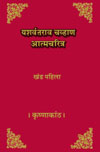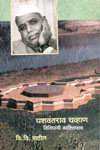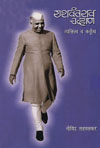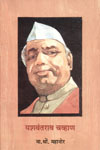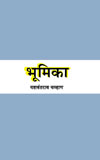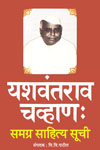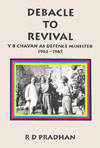The infiltrators are by and large personnel of the so - called Azad Kashmir battalions of the Pakistan army which is a force Pakistan employes to man the Cease Fire Line. They are officered by Pakistani Army Personnel and are supported by so - called mujahids and razakars, who apart from carrying arms are also given lesser jobs as porters etc. The infiltrators are equipped with rifles, sten guns, light machine guns, grenades, rocket launchers and explosives of which we ha \ recovered large quantities. Wherever they have met our Security Forces they have not only suffered heavy casualities but have also either surrendered or abandoned large quantities of arms and equipment in their flight.
We are aware that Mujahids, razakars and personnel of the Azad Kashmir forces were being trained in guerilla tactics but could not be aware of the exact type, time and place of operations Pakistan intended to carry out. It will be appreciated that the aggressor always has an advantage as he aggresses at the time, place and ground of his own choosing. Consequently, they were able to make some advance into our territory at some points in the initial phase until such time as their pattern operations became clearer to us. In this initial phase, they caused minor damage to some bridges but this damage was speedily repaired and all our road communications remained fully in use.
The people of Kashmir by and large, whatever the differences between the political parties, have shown little sympathy towards the infiltrators and have, in fact, found them a nuisance to their daily existence. In many cases the information about the appearance of these infiltrators was supplied to the State Government and intelligence agencies by the local people. The city of Srinagar remains calm and the people go about their avocation as usual. Usual good neighbourliness between the communities exist and the town is full of tourists. The shops are open and transport plies as usual.
In the course of challenging some suspicious people, the police has had to resort to occasional firing on two nights in and around Srinagar but this has not disturbed the life of the people.
Although the infiltrators seem to remember the lessons of 1947, when the brutalities and avarice of the raiders earned them the hatred of all they came in contact with, they have not been able to refrain from indulging in acts of harassment. There has been burning of schools, Panchayat Chars and villages and firing upon people who tried to put out the fires. Places of worship have also been fired at by the infiltrators. Unarmed villagers have been killed by them and having soon exhausted or lost the rations they brought with them, instances of taking rations, by force from villages have come to light. On the night of 14th August, a few Pakistani saboteurs set fire to a mohalla on the outskirts of Srinagar, resulting in the burning of 300 houses. Some Pakistani saboteurs with incendiary material in their possession have been captured. This appears to have been a desperate bid to terrorise people and thereby create a commotion.

